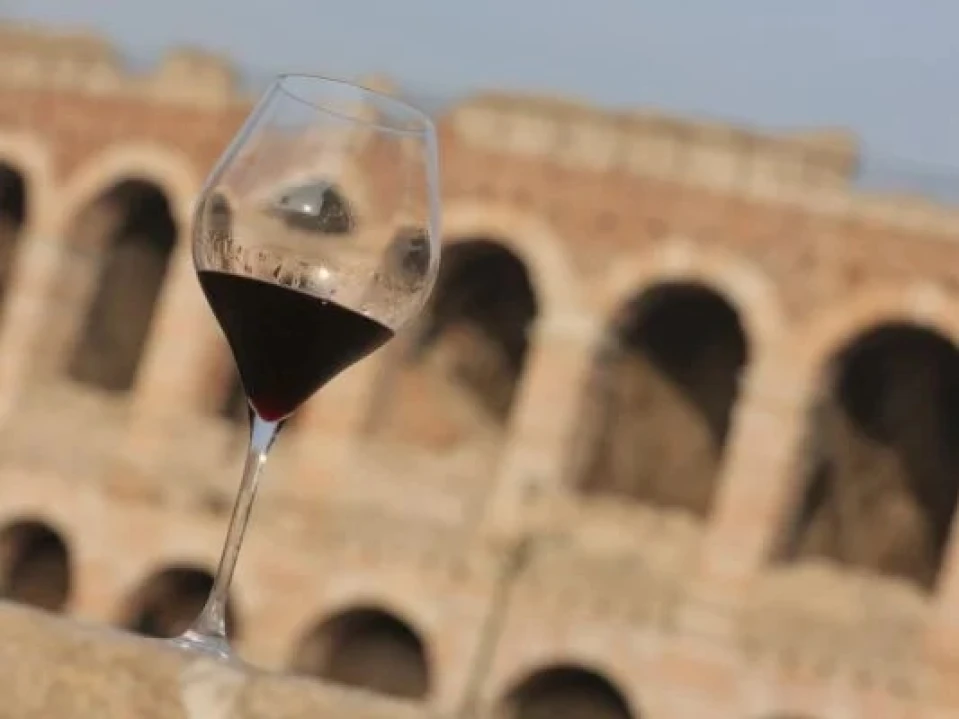Valpolicella embraces 19 municipalities, covering an area of 30,000 hectares, rising 750 meters above sea level and descending 50 meters above sea level, of which 8,586 hectares are planted with vines, and of which 3,500 are “sustainable” (and, therefore, either organic or biodynamic, or otherwise in the National Quality System of Integrated Production).
These wine territories of unspoiled beauty are vine-covered hills drawn by the marogne, where the presence of the vine is very ancient, as the name “Vallis-polis-cellae”, or “valley of the many cellars” reminds us. Thanks to that “know-how” in agriculture and commerce typical of the “Veneto triangle” that unites it with Venice and Verona, and which the ancient technique of appassimento and the Venetian villas summarize to perfection.



